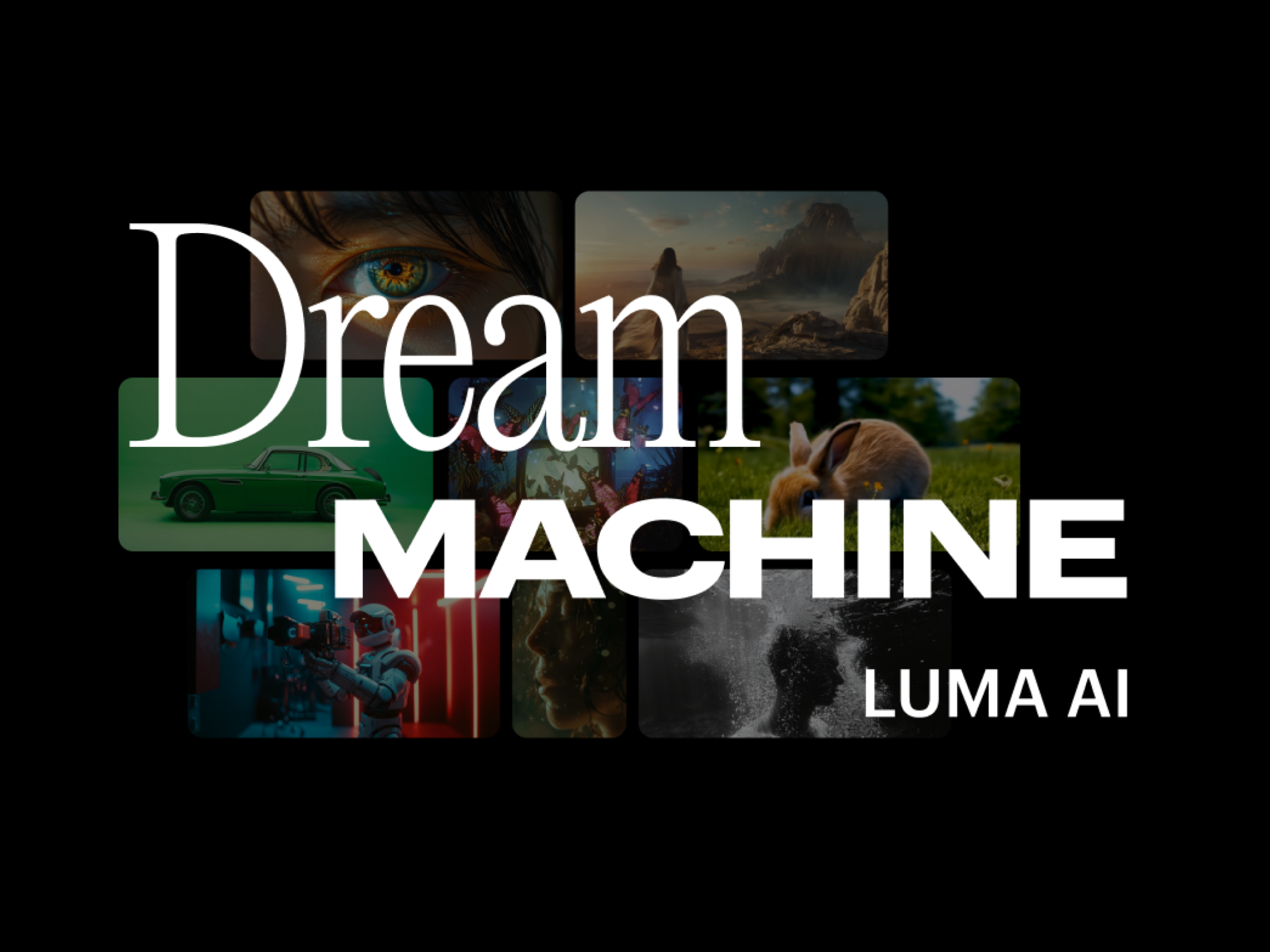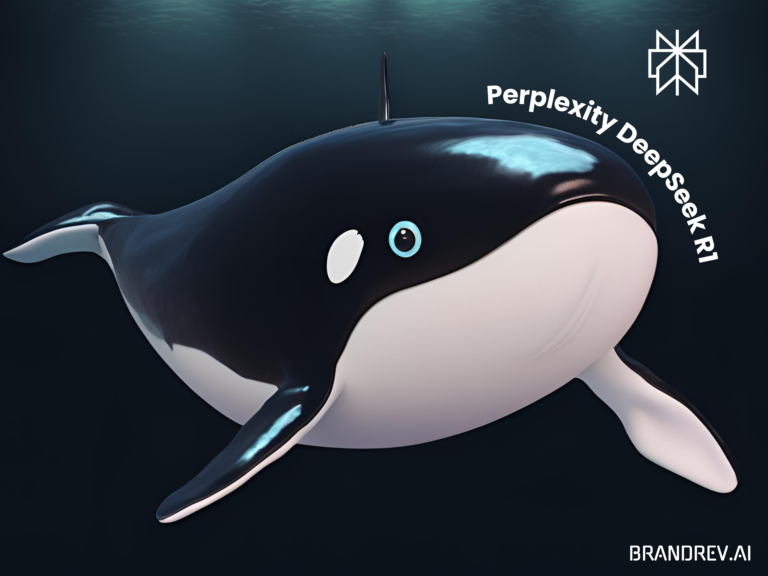A Look into Luma’s Video Generation Tool vs. Runway
Luma, an artificial intelligence startup, with it’s recent version of Dream Machine has been all the rage in the realm of generative AI. Specialzing in generating high-definition video clips from simple text prompts, at a higher quality than it’s competitors like Stable Diffusion and Midjourney.
How Luma Works
The Dream Machine platform allows users to input a descriptive prompt, which the AI then transforms into a realistic video clip within minutes. The ease of use and quick turnaround time make it an attractive option for creators and businesses looking to produce engaging video content efficiently.
How Does It Stack Up
The team had the opportunity to Luma’s Dream Machine and compare it to existing workflow tools like Stable Diffusion, and Runway. Here’s what we found:
Drone Shot of an Island
Prompt: “Drone shot of an island with white sand beach and a towering mountain” (Luma on the left, Runway on the right)
Luma’s video was detailed and realistic, capturing the serene beauty of the island. Although it did have more motion in comparison. Runway AI produced slightly better results in terms of scene quality and video sharpness, but not as aggressive in the camera movement.
Wedding Ceremony Overlooking a Cliff
Prompt: “A woman on her wedding day, with the ceremony overlooking a cliff” (Luma on the left, Runway on the right)
The wedding video from Luma was underwhelming to say the least and had deformities especially in the limbs. Similar to the previous prompt though, Luma still had more movement in almost the same amount of video generated. Runway AI delivered a more polished result, despite the unrecognizable face, with finer details, better quality, and overall an imagery that’s more fitting for the prompt.
Comparison with Runway AI
In comparing Luma with Runway AI, a few key takeaways emerged:
- Video Quality: Runway AI generally produced higher-quality videos with more refined details and sharper images.
- Scene Execution: Runway AI’s ability to capture intricate scene elements was superior.
- Ease of Use: Both platforms offer user-friendly interfaces, but Luma’s simplicity and quick turnaround time are significant advantages.
- Diversity and Creativity: Luma’s strength lies in generating a wide variety of scenes and maintaining creative flexibility.
AI Video Generation Competitive Landscape
Luma enters a competitive market, going head-to-head with OpenAI’s upcoming Sora platform and established players like Runway AI. The early release of Luma gives it a competitive edge, allowing them to capture the interest and loyalty of early adopters. However, scaling up to meet demand and managing the associated costs will be critical challenges for Luma.
Ethical and Legal Considerations
As with any advanced AI technology, there are ethical and legal concerns to address. The accessibility of AI-driven video creation raises questions about copyright, the potential spread of misinformation, and the ethical use of training data. Companies like Luma will need to navigate these challenges carefully to ensure responsible use of their technology.
Luma’s Dream Machine represents a significant step forward in AI-powered video creation. By making sophisticated video generation accessible to a broader audience, it has the potential to transform how businesses and creators produce content. However, balancing innovation with ethical responsibility will be crucial as this technology continues to evolve.
Unlock AI Potential with ‘The AI Insider’: Learn about Luma’s groundbreaking video creation tool and its impact on your industry. Subscribe today for exclusive updates.
Need tailored AI solutions? Visit brandrev.ai/contact-us or schedule a consultation.
Ready to Explore AI Solutions for Your Business?
Stay ahead and discover how you can scale your business further.







